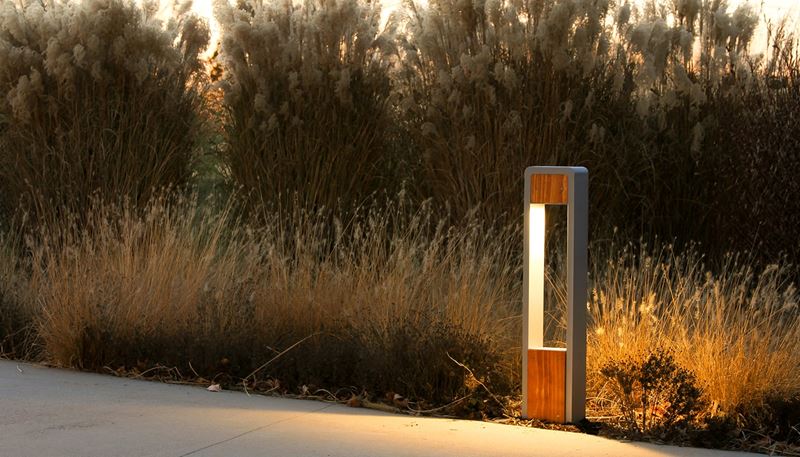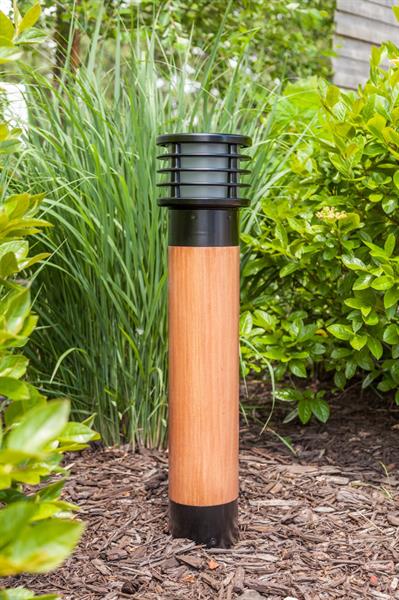
Different Uses of Urban Bollards
Different Uses of Urban Bollards
October 27, 2016
Bollards are the short, metal or wood columns that protrude from the ground in cities and parks toward the edge of the property.
See how Structura’s traffic, security, and light bollards provide safety for pedestrians on your site. Contact us today to learn more.

Bollards provide several different functions, but mainly serve to protect and guide pedestrians on your site. Read on to learn more:
Traffic control
Bollards can help deter drivers from accelerating over imposed speed limits, and can also be used to section specific lanes of the road, for example, separating bike lanes of sidewalks from vehicle traffic lanes. By installing bollards near high-traffic locations, you can protect pedestrians and cyclists who frequent the area. Removable bollards can also be useful for events, temporary construction, or specific times of the year (such as during holiday shopping).
Security and safety
The main purpose of bollards is to provide protection from vehicle accidents. Each year, approximately 20,000 collisions involving both vehicles and commercial buildings are reported. These collisions account for about roughly 4,000 injuries and 500 deaths annually. To put these figures into a relatable perspective, vehicles crash into commercial buildings nearly 60 times per day, and the 7-Eleven retail chain alone is involved in 1.3 collisions daily. Still, these figures do not take houses and residential buildings into account.
Safety bollards are an excellent tool for preventing injury and damage. Most bollards are embedded deep into the ground, and are made with steel and reinforced with concrete. They are created to withstand impacts from vehicles, and placed in front of sidewalks or buildings as a protective barrier for pedestrians.
In locations where collision risk is exceptional, and high-durability bollards are necessary to protect storefronts and their patrons, crash-rated structures are entirely necessary to preserve the safety of customers and pedestrians. There are two industry standards for impact testing:
- K-ratings — a standard developed by the US Department of State — certify a structure’s ability to withstand an impact from a 15,000 pound payload without exceeding set penetration distances. Bollards are rated according to the vehicle speeds they can withstand. K4, K8, and K12 can stop vehicles moving at 30, 40, and 50 mph respectively.
- The American Society for Testing and Materials has created a standard that accounts for numerous vehicle sizes and types, and gives ratings to bollards, walls, and fences based on vehicle penetration. This standard is simply known as the ASTM standard.
Lighting and other specializations
Illuminated bollards aid in visibility of dark pedestrian areas. Walkways are most efficiently lit from above with luminaries on light poles, but lit bollards offer the advantage of low-glare illumination. Since the light source on a bollard is below eye level, selecting bollards that direct light down and not up provides glare free illumination.
These lights can be automated through solar panels and internal energy management systems to increase efficiency and lower power consumption.
Some illuminated bollards also double as bike racks, or are part of a family of bollards and bike racks that can be used together to provide a unified appearance. Don’t place your bike racks in the dark, illuminate the area with bollards that coordinate. These are excellent solutions for population-dense neighborhoods with integrated commercial and residential areas.
Protect pedestrians and your storefronts by installing strong, reliable bollards. To view Structura’s collection of bollards, browse our product gallery. To start a conversation about equipping your site with unique, decorative, dependable bollards, contact Structura today, or get in touch with a Structura representative.
